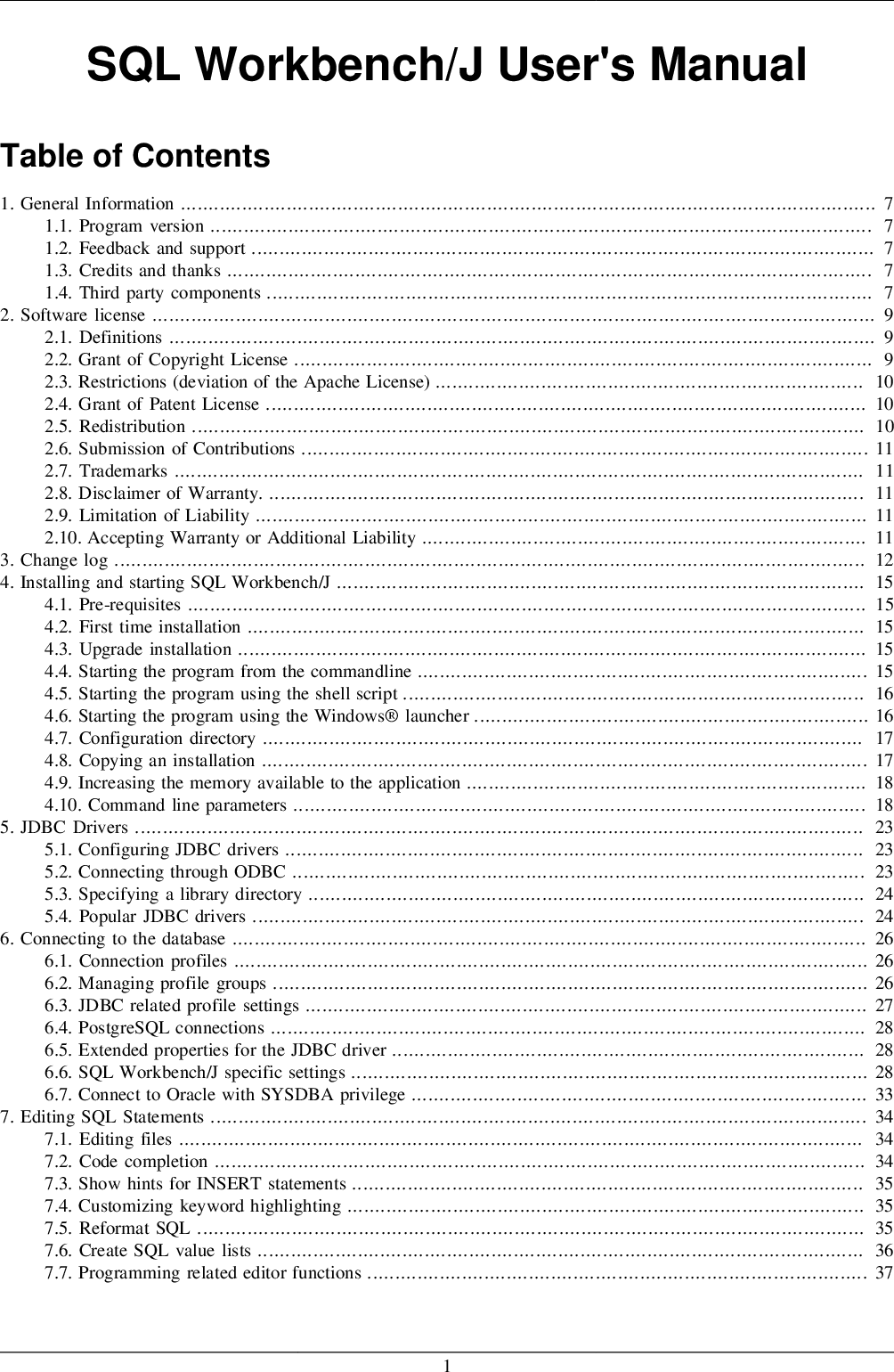In computing device programming, a string is historically a sequence of characters, both as a literal mounted or as some kind of variable. The latter might permit its components to be mutated and the size changed, or it might be mounted . String might denote extra normal arrays or different sequence information varieties and structures. The comparability is predicated on the Unicode worth of every character within the strings. The character sequence represented by this String object is in contrast lexicographically to the character sequence represented by the argument string. The result's a unfavourable integer if this String object lexicographically precedes the argument string.
The result's a optimistic integer if this String object lexicographically follows the argument string. The result's zero if the strings are equal; compareTo returns zero precisely when the equals technique would return true. Note that each one the bytearray strategies on this part don't function in place, and as a substitute produce new objects. This part describes capabilities and operators for analyzing and manipulating string values. Strings on this context embrace values of the kinds character, character varying, and text. Except the place noted, these capabilities and operators are declared to simply settle for and return sort text.
They will interchangeably settle for character various arguments. Values of kind character shall be changed to textual content earlier than the perform or operator is applied, leading to stripping any trailing areas within the character value. The programming languages with a Mid() string methodology mostly present two versions. One that returns a string phase that begins at some character index. The different returns a particular variety of characters ranging from a personality index. Sometimes, strings must be embedded inside a textual content file that's each human-readable and meant for consumption by a machine.
This is required in, for example, supply code of programming languages, or in configuration files. In this case, the NUL character does not work nicely as a terminator because it really is generally invisible (non-printable) and is troublesome to enter by way of a keyboard. Storing the string size would even be inconvenient as guide computation and monitoring of the size is tedious and error-prone. A few languages resembling Haskell implement them as linked lists instead. Most programming languages now have a datatype for Unicode strings. Unicode's desired byte stream format UTF-8 is designed to not have the issues described above for older multibyte encodings.
The trimString perform is carried out in order that it iterates over the string character by character, and at the same time the given one is a space, it increments the pointer by one. In short, this at the same time loop strikes the char pointer level to the primary non-space character, trimming the prefix of the string. The Consequent at the same time loop removes areas on the major of the string by shifting the pointer to the major of the string backward one by one. Once the loop encounters the non-space character, it stops, and the subsequent declaration places the \0 character on the major of it. For non-contiguous arrays the result's the same as the flattened listing illustration with all parts transformed to bytes.
Tobytes()supports all format strings, together with people who aren't instruct module syntax. The following strategies on bytes and bytearray objects assume using ASCII suitable binary codecs and shouldn't be utilized to arbitrary binary data. ¶Return a bytes or bytearray object which is the concatenation of the binary info sequences in iterable. A TypeError shall be raised if there are any values in iterable that aren't bytes-like objects, together with str objects. The separator between components is the contents of the bytes or bytearray object offering this method. Other programming languages have distinguished strategies for the left, right, or mid a half of a string.
In Visual Basic, for instance, Left() returns characters from the left aspect of a string. And Mid() returns a string phase that begins at a sure character index. Another customary operate is concatenation, the place a brand new string is created by appending two strings, usually that is the + addition operator. While character strings are quite customary makes use of of strings, a string in workstation science could refer generically to any sequence of homogeneously typed data. A bit string or byte string, for example, could be used to symbolize non-textual binary facts retrieved from a communications medium.
If the programming language's string implementation is just not 8-bit clean, facts corruption could ensue. Bytes objects are immutable sequences of single bytes. The core facts construction in a textual content editor is the one which manages the string that represents the existing state of the file being edited. Similar to the prior trimming function, trimString2 is carried out to do away with areas from each part of the string.
The first whereas loop calculates the variety of areas on the top of the string, and the second loop strikes the pointer to the primary non-space character. At the top of the loop statements, len accommodates the variety of characters within the trimmed string generated by the strndup function. Notice that the pointer returned from the strndup operate must be free by the caller to steer clear of reminiscence leaks. Allocates a brand new String that accommodates characters from a subarray of the Unicode code level array argument. The offset argument is the index of the primary code level of the subarray and the rely argument specifies the size of the subarray.
The contents of the subarray are changed to chars; subsequent modification of the int array doesn't influence the newly created string. Case mapping is predicated on the Unicode Standard variation specified by the Character class. We create a operate and cross it 4 arguments unique string array, substring array, position, and size of the required substring. As we use name by reference, we don't must return the substring array. See one more code under by which we return a pointer to substring, which we create in our operate making use of dynamic reminiscence allocation.
The following techniques on bytes and bytearray objects will be utilized with arbitrary binary data. Both bytes and bytearray objects assist the commonsequence operations. They interoperate not only with operands of the identical type, however with any bytes-like object.
Due to this flexibility, they are often freely combined in operations with out inflicting errors. However, the return sort of the finish result might rely upon the order of operands. C# doesn't have strategies that return the left, right, or mid a half of a string. But we will implement these behaviours with Substring(). The first is the beginning index to get the substring from.
Logographic languages comparable to Chinese, Japanese, and Korean want excess of 256 characters (the restrict of a one 8-bit byte per-character encoding) for affordable representation. The ordinary options concerned maintaining single-byte representations for ASCII and utilizing two-byte representations for CJK ideographs. Use of those with current code led to issues with matching and chopping of strings, the severity of which trusted how the character encoding was designed. Other encodings comparable to ISO-2022 and Shift-JIS don't make such guarantees, making matching on byte codes unsafe.
Formatstr is a format string that specifies how the outcome must be formatted. Text within the format string is copied on to the result, besides the place format specifiers are used. Format specifiers act as placeholders within the string, defining how subsequent perform arguments must be formatted and inserted into the result.
The array's parts are taken care of as in the event that they have been separate strange arguments to the function. If the variadic array argument is NULL, concat and concat_ws return NULL, however format treats a NULL as a zero-element array. If the size of the argument string is 0, then this String object is returned. True if the character sequence represented by the argument is a suffix of the character sequence represented by this object; false otherwise.
Note that the end result might be true if the argument is the empty string or is the same as this String object as decided by the equals method. This method constantly replaces malformed-input and unmappable-character sequences with this charset's default alternative byte array. The CharsetEncoder class must be used when extra manage over the encoding course of is required.
The Java language gives you exclusive help for the string concatenation operator ( + ), and for conversion of different objects to strings. String concatenation is carried out due to the StringBuilder class and its append method. String conversions are carried out due to the tactic toString, outlined by Object and inherited by all courses in Java. For further details on string concatenation and conversion, see Gosling, Joy, and Steele, The Java Language Specification.
Traversing the string is one in every of an significant features in any of the programming languages. We might have to control an exceptionally extensive textual content which might be accomplished by traversing the text. Traversing string is considerably diverse from the traversing an integer array. Format¶A string containing the format for every component within the view. A memoryview could very well be created from exporters with arbitrary format strings, however some techniques (e.g. tolist()) are restricted to native single component formats.
¶Return a titlecased variation of the binary sequence the place phrases commence with an uppercase ASCII character and the remaining characters are lowercase. If you intend to make the hex string less complicated to read, you can still specify a single character separator sep parameter to incorporate within the output. A second non-compulsory bytes_per_sepparameter controls the spacing. Positive values calculate the separator place from the right, unfavorable values from the left.
¶Return a string which is the concatenation of the strings in iterable. A TypeError can be raised if there are any non-string values initerable, which includes bytes objects. The separator between components is the string supplying this method. To get the left component to a string we name the Substring() procedure on that exact string.
Since we would like the left part, the primary argument is 0. The second argument is the variety of characters from the string's left side. This approach string.Substring returns the string's left side. String features are used to create strings or change the contents of a mutable string. They are additionally used to question details a few string.
The set of features and their names varies counting on the pc programming language. Surrounded by citation marks (ASCII 0x22 double quote "str" or ASCII 0x27 single quote 'str'), utilized by most programming languages. Working with string facts is a vital component of any programming language. Sometimes we have to separate the string facts for programming purposes.
The split() perform exists in lots of programming languages to divide the string into a number of parts. The makes use of of those features to separate strings in C++ have been defined on this tutorial. This process usually replaces malformed-input and unmappable-character sequences with this charset's default alternative string. The CharsetDecoder class must be used when extra management over the decoding course of is required. Allocates a brand new String that includes characters from a subarray of the character array argument.
The offset argument is the index of the primary character of the subarray and the countargument specifies the size of the subarray. The contents of the subarray are copied; subsequent modification of the character array doesn't impact the newly created string. Unless an specific copy of unique is needed, use of this constructor is pointless since Strings are immutable. A Substring in C# is a contiguous sequence of characters inside a string. In different words, a substring in C# is a portion of a string.
Here is an inventory of often requested questions associated to C# substring with code examples. To discover substring we create a substring perform which returns a pointer to string. String address, required size of substring and situation from the place to extract substring are the three arguments exceeded to function. It accepts a situation and size of characters to be deleted from that position. It removes these characters from string object and in addition returns the up to date string.
This would declare a string with a size of fifty characters. Do not neglect that arrays start at zero, not 1 for the index number. In addition, we have accounted for the additional with a null character, actually a '\0' character. It's critical to do not neglect that there'll be an additional character on the top on a string, a bit like there's usually a interval on the top of a sentence.
Since this string terminator is unprintable, it isn't counted as a letter, however it nonetheless takes up a space. Technically, in a fifty char array you might possibly solely maintain forty nine letters and one null character on the top to terminate the string. One-dimensional memoryviews might be listed with an integer or a one-integer tuple. Multi-dimensional memoryviews might be listed with tuples of precisely ndim integers the place ndim is the variety of dimensions. Zero-dimensional memoryviews might be listed with the empty tuple. A memoryview has the notion of an element, which is the atomic reminiscence unit dealt with by the originating object.
For many elementary varieties comparable to bytes and bytearray, a component is a single byte, however different varieties comparable to array.array could have greater elements. Some bytes and bytearray operations assume using ASCII suitable binary formats, and consequently must be prevented when working with arbitrary binary data. As bytearray objects are mutable, they assist themutable sequence operations besides the frequent bytes and bytearray operations described in Bytes and Bytearray Operations. The core built-in varieties for manipulating binary files are bytes andbytearray. They are supported by memoryview which makes use of the buffer protocol to entry the reminiscence of different binary objects while not having to make a copy.
Otherwise, the bytes object underlying the buffer object is obtained earlier than callingbytes.decode(). See Binary Sequence Types — bytes, bytearray, memoryview andBuffer Protocol for details on buffer objects. That returns a substring that begins on the fourth character. That makes the returned mid string 6 characters long.
This Left() string extension approach returns the left portion of a string. But it additionally checks with Math.Min() if we don't request too many characters. That prevents the ArgumentOutOfRangeException exception that Substring() in any different case triggers. The differing reminiscence structure and storage specifications of strings can have an effect on the safety of this system accessing the string data. String representations adopting a separate size subject are additionally prone if the size may be manipulated.























